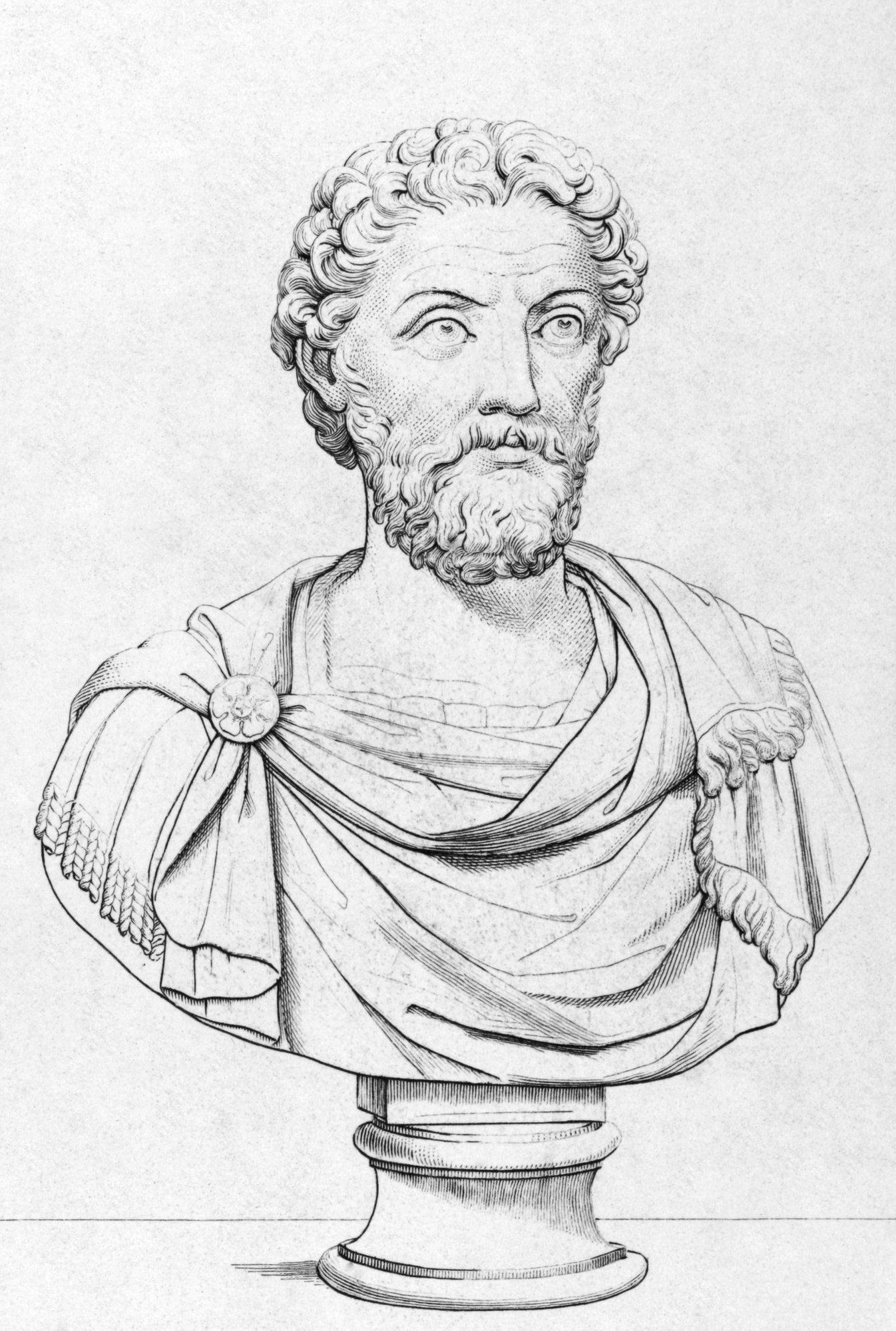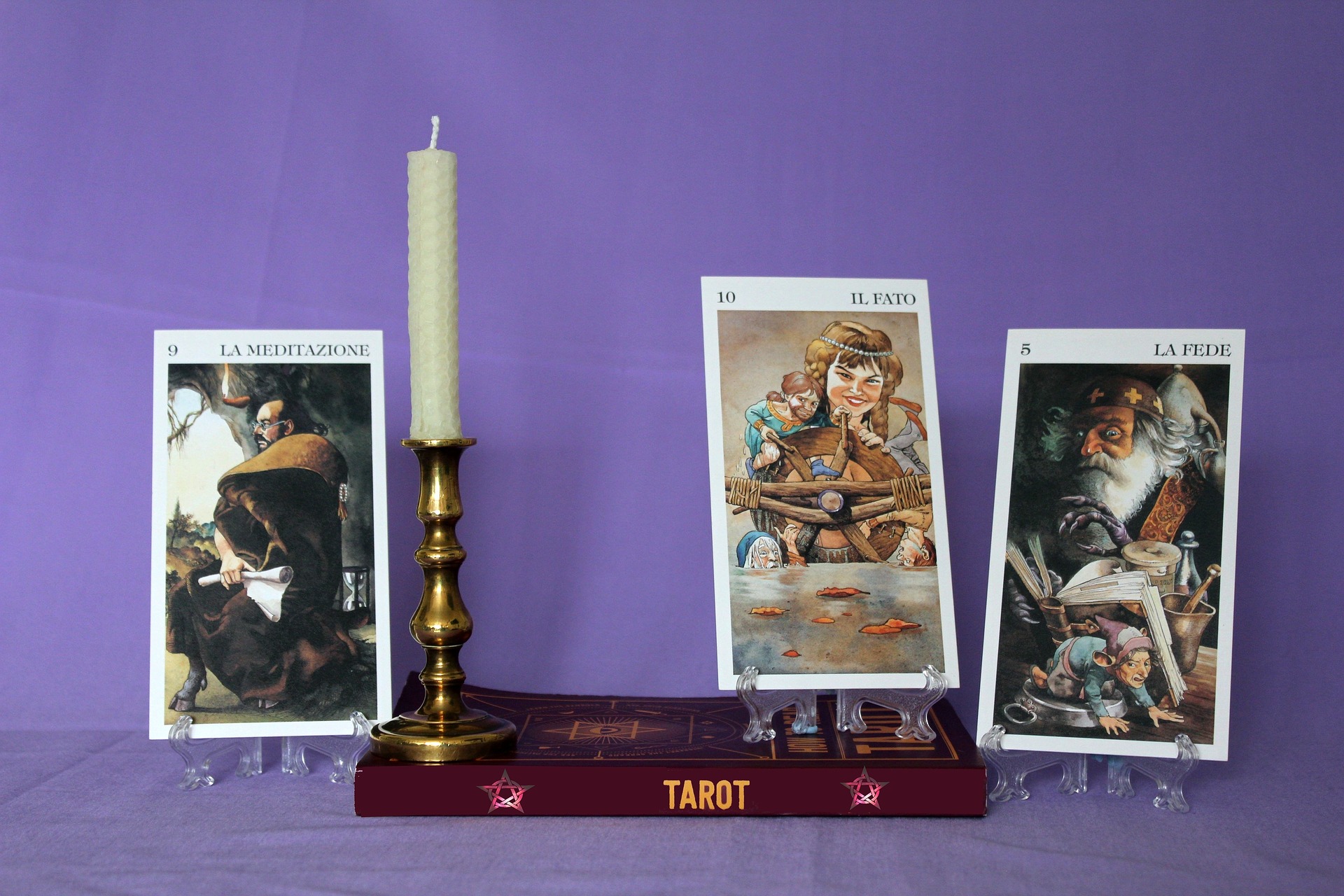Jean-Paul Sartre was a French philosopher, writer and political activist, and one of the central figures in 20th Century French philosophy. He is best known as the main figurehead of the Existential movement.
In his writing, ‘The Work of Art’, Sartre first establishes clearly that he does not wish to deal with the problem of the work of art in its entirety. Rather he concerns himself essentially with the existential type of the work of art. Sartre strongly believes in the law that “the work of art is an unreality”.
He explains this law by first citing the example of a painting of Charles VIII where this particular Charles VIII is an aesthetic object which is different from the frame, the canvas which are the real objects of the painting. As long as we concentrate solely on the frame and canvas, the aesthetic object will not present itself to our realising consciousness. It shall present itself only when the consciousness undergoes a radical change and becomes imaginative giving rise to the imaginative consciousness. And since Charles VIII who is unreal as long as he is painted on this canvas, is precisely towards which our aesthetic appreciation is directed, we are led to believe that in a painting, the aesthetic object is unreal.
The unrealness of the aesthetic object is of great importance once we are making a distinction between real and imaginary work of art. It is commonly assumed that a painter has an idea in the form of a mental image (which is incommunicable) which he/she then realises on canvas for others to observe. This makes us believe that there is a transition from the imaginary to the real. However,this is false. What is real are the strokes of the brush, the coarseness of the canvas, the frame put around the painting. But all of these do not make up the object of aesthetic appreciation. The point is that the painter has not realised the mental image but only created a material analogue by looking at which anyone will be able to grasp the painter’s mental image. But the image rendered by the material analogue continues to be unreal.
What deceives us here is the real and sensuous pleasure which some real colours on the canvas give us. But what one must understand that these colours are grasped as a part of an unreal whole (the aesthetic object). It is therefore in the unreal that the relationship of colours and forms take on their real meaning.
Sartre brings the point back home by saying that the painting is an analogue. Its unreal aesthetic object manifests itself through the means of a real canvas. The aesthetic enjoyment is real but it is not grasped from something real; rather it results from the unreal ‘beautiful’ aesthetic object which itself is constituted and apprehended by an imaginative consciousness.





